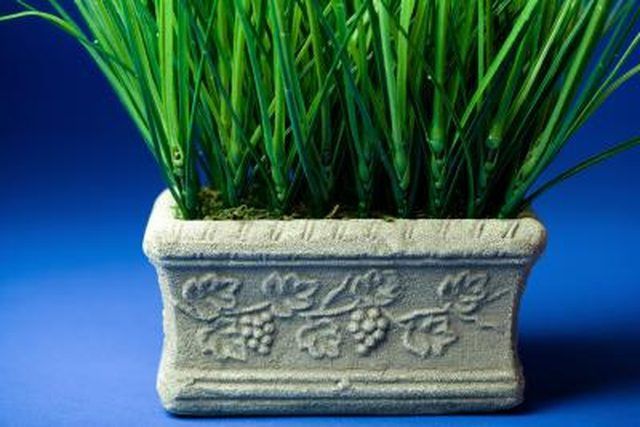Bulbs
Flower Basics
Flower Beds & Specialty Gardens
Flower Garden
Garden Furniture
Garden Gnomes
Garden Seeds
Garden Sheds
Garden Statues
Garden Tools & Supplies
Gardening Basics
Green & Organic
Groundcovers & Vines
Growing Annuals
Growing Basil
Growing Beans
Growing Berries
Growing Blueberries
Growing Cactus
Growing Corn
Growing Cotton
Growing Edibles
Growing Flowers
Growing Garlic
Growing Grapes
Growing Grass
Growing Herbs
Growing Jasmine
Growing Mint
Growing Mushrooms
Orchids
Growing Peanuts
Growing Perennials
Growing Plants
Growing Rosemary
Growing Roses
Growing Strawberries
Growing Sunflowers
Growing Thyme
Growing Tomatoes
Growing Tulips
Growing Vegetables
Herb Basics
Herb Garden
Indoor Growing
Landscaping Basics
Landscaping Patios
Landscaping Plants
Landscaping Shrubs
Landscaping Trees
Landscaping Walks & Pathways
Lawn Basics
Lawn Maintenance
Lawn Mowers
Lawn Ornaments
Lawn Planting
Lawn Tools
Outdoor Growing
Overall Landscape Planning
Pests, Weeds & Problems
Plant Basics
Rock Garden
Rose Garden
Shrubs
Soil
Specialty Gardens
Trees
Vegetable Garden
Yard Maintenance
How to Seal Concrete Planters So Plants Don't Die
How to Seal Concrete Planters So Plants Don't Die. Concrete planters are both sturdy and attractive. Some cements are high in alkaline, which leaches into the soil and may stunt the growth of plants. Hypertufa planters have high alkaline levels due to the use of Portland cement. Other planters may have clay mixed in with the cement which leaches...

Concrete planters are both sturdy and attractive. Some cements are high in alkaline, which leaches into the soil and may stunt the growth of plants. Hypertufa planters have high alkaline levels due to the use of Portland cement. Other planters may have clay mixed in with the cement which leaches salt into the soil over time. Also, due to the porosity of some cement, the soil may dry out too quickly. Properly treating then sealing the concrete planters ensures your plants remain healthy.
Things You'll Need
Vinegar
Measuring cups
Commercial concrete sealer
Set the planter outside for two weeks prior to planting. Hose it down with water three to five times daily on days it is not raining. This naturally leaches out much of the excess salts and alkalinity.
Mix 1/4 cup vinegar and 1 gallon of water. Soak concrete and hypertufa planters in the solution for 1/2 hour to neutralize the alkaline.
Paint the inside of the planter with concrete sealer. Paint on a single coat and allow it to dry overnight then paint on a second coat and let dry completely.
Fill the container with a well-draining potting mix and replant.
Water daily or as necessary to keep the soil moist but not soggy. Water once weekly with a solution of 1 tbsp. vinegar mixed in 1 gallon of water to wash excess salts from the soil that may accumulate in clay and concrete planter mixtures.
Tips & Warnings
When replacing the soil or plants in the concrete planter reapply a coat of the sealer, which may wear off over time.
Check soil moisture in the planters daily, as they may dry out quickly. Water until it drains from the bottom drainage holes to ensure the bottom of the soil is moist.
Avoid setting the planters out to cure during freezing temperatures. This may cause the planter to crack.